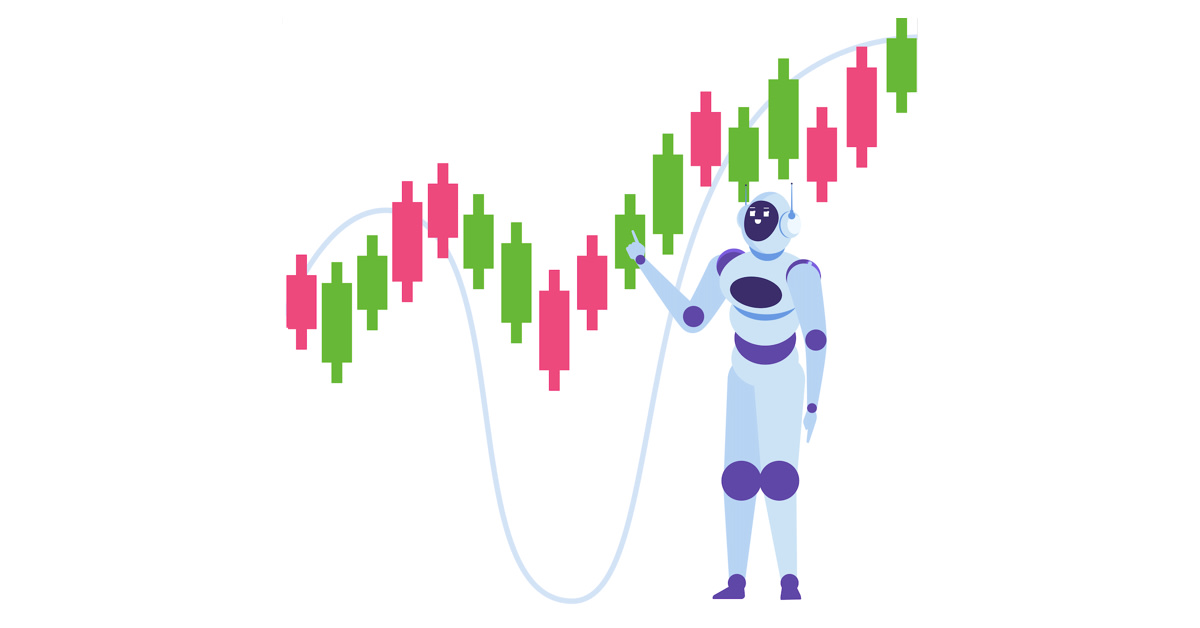The Power of AI in Finance and Algorithmic Trading
As artificial intelligence, machine learning, and data science are fundamentally changing the world, we need to investigate how they’re impacting finance and algorithmic trading, particularly at a time when markets are so vulnerable and volatile.
May 2020 · 6 min read
RelatedSee MoreSee More
blog
AI in Finance: Revolutionizing the Future of Financial Management
Explore how AI's revolutionary impact on finance, from automated tasks to enhanced decision-making, reshapes risk assessment and investment strategies.
Shawn Plummer
7 min
blog
The Impact of Machine Learning Across Verticals and Teams
Machine learning is now foundational for businesses to remain competitive. Find out how industries like tech, healthcare, and finance are using ML algorithms to improve operations.
Joyce Chiu
3 min
blog
Building trust in AI to accelerate its adoption
Building trust in AI is key towards accelerating the adoption of data science and machine learning in financial services. Learn how to accelerate the development of trusted AI within the industry and beyond.
DataCamp Team
5 min
blog
25 Practical Examples of AI Transforming Industries
From reshaping healthcare and e-commerce to revolutionizing agriculture and finance, discover real-world examples of AI driving growth, efficiency, and innovation.
Nahla Davies
15 min
blog
Will AI Replace Programming?
Will programmers disappear, or will their roles just be disrupted by the adoption of next-generation AI tools?
Javier Canales Luna
8 min
podcast
Data Science in Finance
The financial world has been irrecoverably changed by the advent of data science. Find out how.
Hugo Bowne-Anderson
59 min


